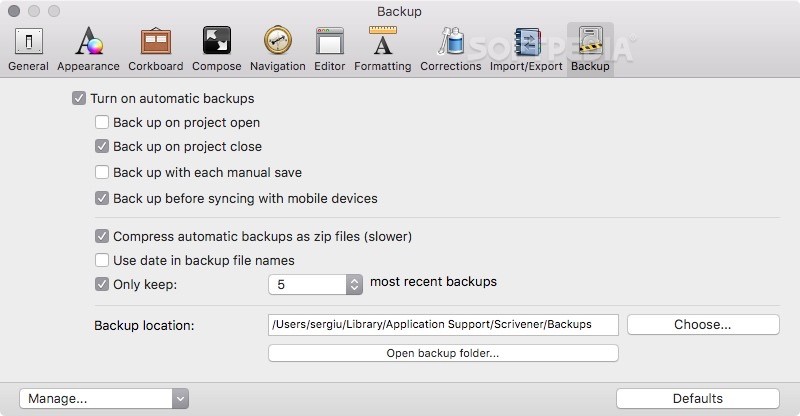

Scrivener also has the ability to sync it’s text files to an external folder. The sync process is pretty easy, but because Scrivener has this funky file format, what you get in Simplenote is a jumble of files with messed up names – and you have to ingest the whole Scrivener project which could be hundreds of files in my case, making using the app for anything else pretty painful.
#SCRIVENER AND SIMPLENOTE SOFTWARE#
Since Scrivener 2.0 was released, it’s had the ability to sync with Simplenote, a plain text editor that works across platforms and is free, thanks to the people at Automatic, the same people who create the software this site runs on. I played with the Mac version of the software, and while it approximates maybe 70% of the writing experience of Scrivener, that missing 30% was too much for me, so I was back to no iPad solution. It has a Mac and iPad version that can sync files back and forth to each other, so it makes cross platform writing pretty easy. “It’s coming,” they say, and I believe them, but I have a novel to write, right now.įor the sequel to Elvis Sightings, I considered switching to Storyist. But the problem with Scrivener is that I have been waiting for YEARS for an iPad version of the app.


Although I have to admit I haven’t played with Ulysses III yet. It’s an approach I first encountered back with the first version of Ulysses, which is now in it’s third version, but was perfected (for me at least) by Scrivener. The way I use it, each scene in a chapter is a unique file. Unlike traditional text editors like Word or Pages, Scrivener is a binder of individual text documents. There simply is no better way to write and manage a long project like a novel. Like a lot of writers, Scrivener is my go to app for writing.


 0 kommentar(er)
0 kommentar(er)
